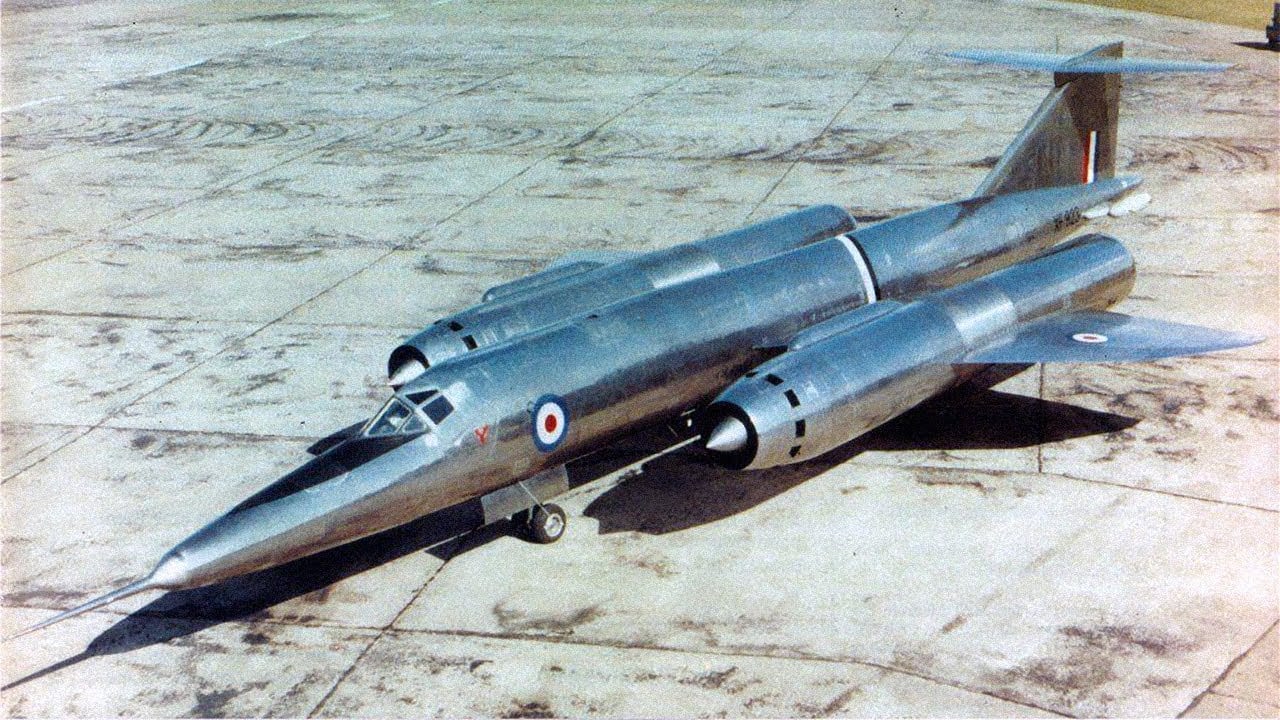The recent explosions at the Azot chemical plant in Russia underscore a critical juncture in the ongoing conflict, highlighting the vulnerabilities of key industrial sites amid escalating military tensions. These incidents not only threaten local safety but also raise alarms about the potential for broader environmental and economic repercussions. The strategic significance of such facilities cannot be overstated, as they often serve as vital components in national supply chains and defense logistics. The implications of these attacks extend beyond immediate damage, potentially destabilizing the region further and complicating international relations as the conflict evolves.
Addressing these vulnerabilities requires a multifaceted approach, combining enhanced security measures for critical infrastructure with robust contingency planning. Stakeholders must prioritize resilience against such threats, integrating advanced surveillance technologies and rapid response protocols to mitigate risks. As military dynamics shift, understanding the interplay between industrial security and national defense will be essential for policymakers and industry leaders alike, ensuring that strategic assets remain protected while navigating the complexities of modern warfare.








